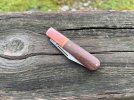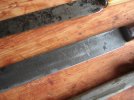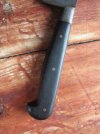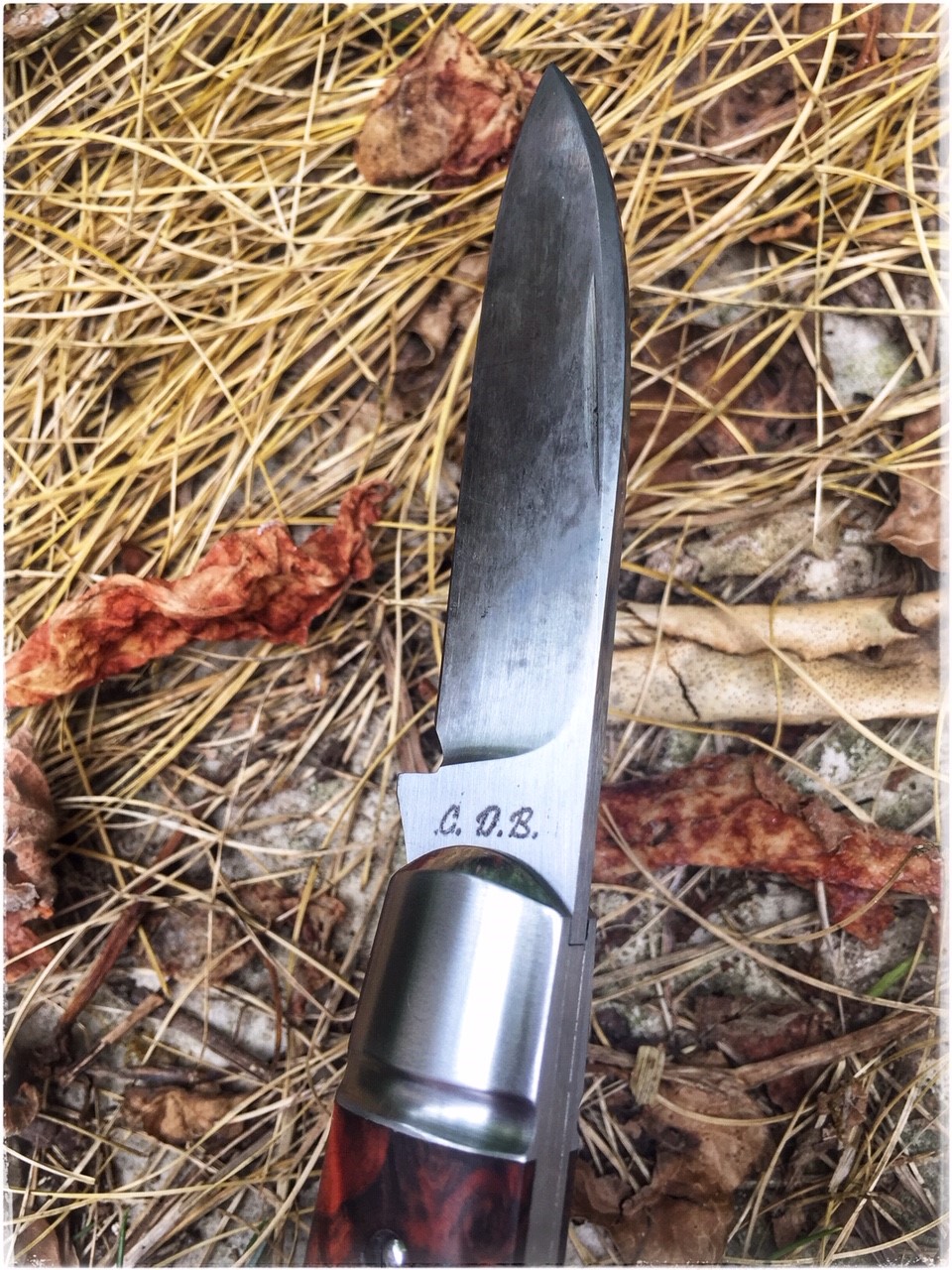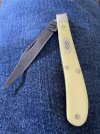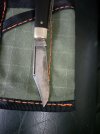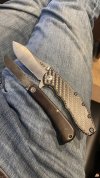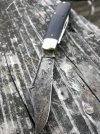I think that the 'Farma' etch may belong to a factor, or more likely to the customer for whom the ham knives were made. I've seen Ham Knives with all sorts of marks (stamps as well as etches). I even have a Joseph Allen Ham Knife with the 'Broad Arrow', and another by Ibberson's, with an etch for West Riding Tyre Co. Ltd. While the military contract may have been substantial, one has to wonder how many Ham Knives a tyre company were ordering to make it worthwhile marking them (still they got an etch, rather than a stamp).
That's quite a fancy forging for a Sheffield kitchen knife, and while I may be wrong, I don't recall seeing knives produced like that in Sheffield until no earlier than the late 70's or early 80's, when they were essentially imitations of Sabatier knives. If you want to explore further, you'll need to look for Lockwood Brothers/Joseph Elliot catalogues.
Yes, that's the old Sylvester Works, which Joseph Elliot occupied, almost right next to Sheffield's
River Porter.
Lockwood's old works was on Spital Hill, but has probably been demolished now.


